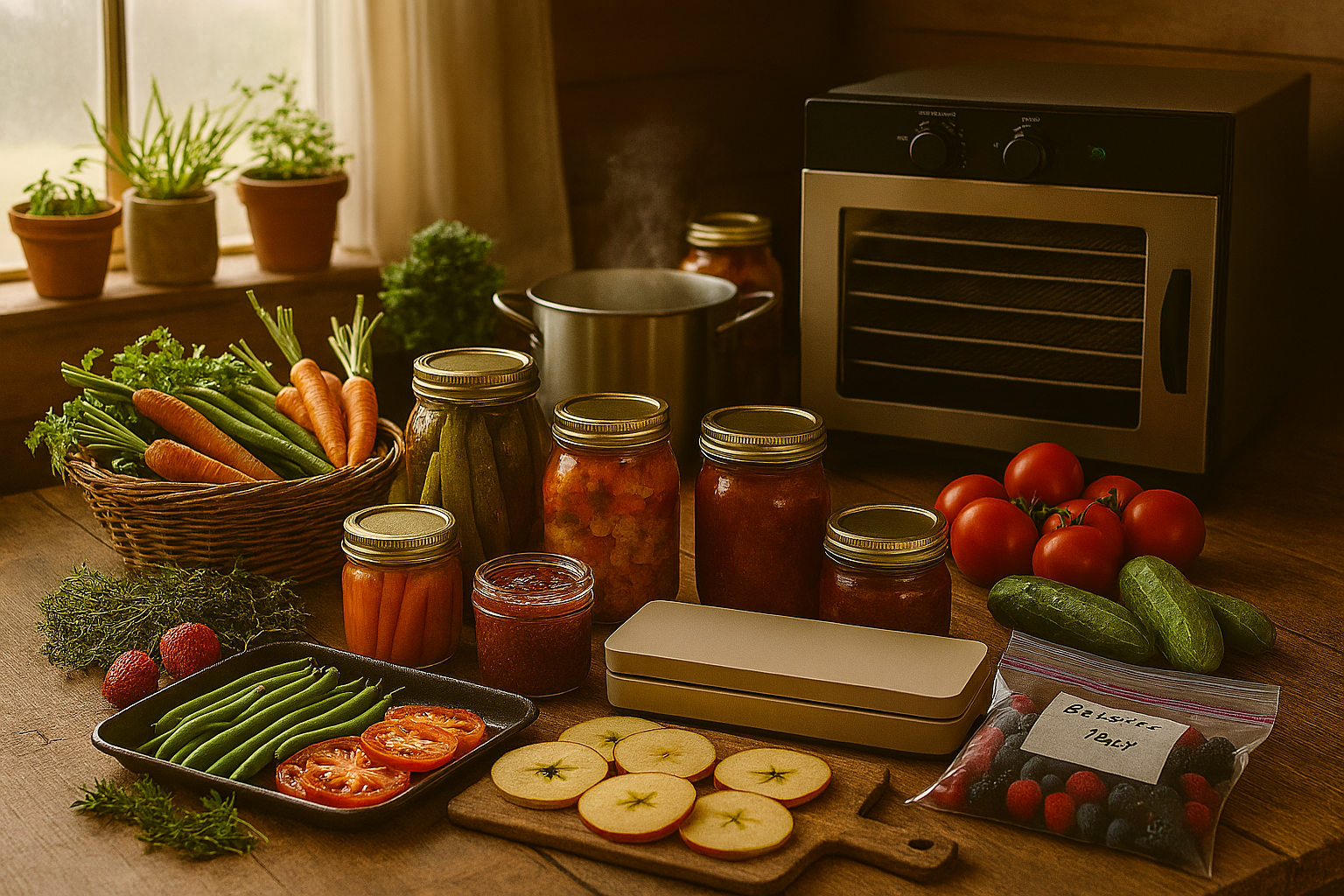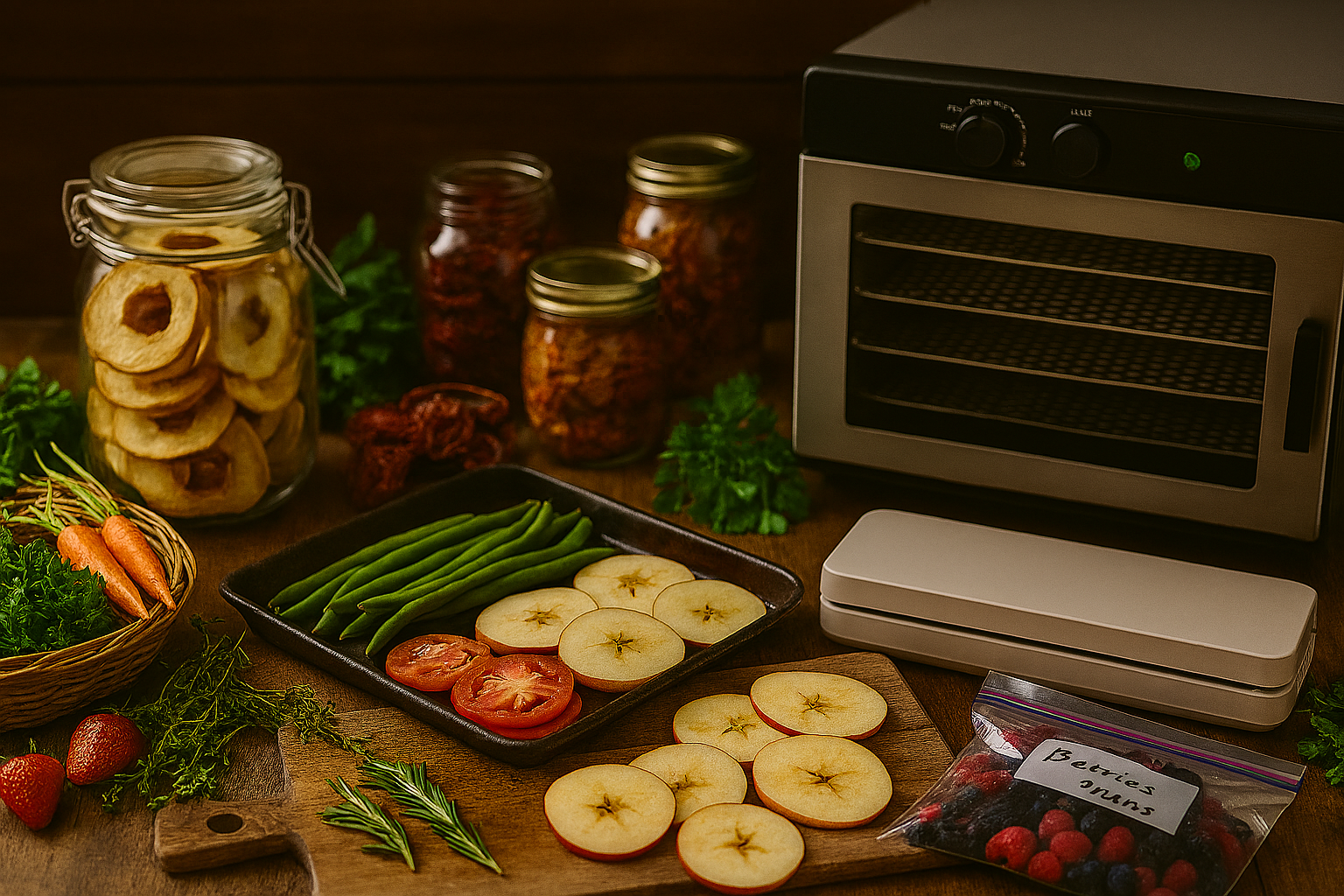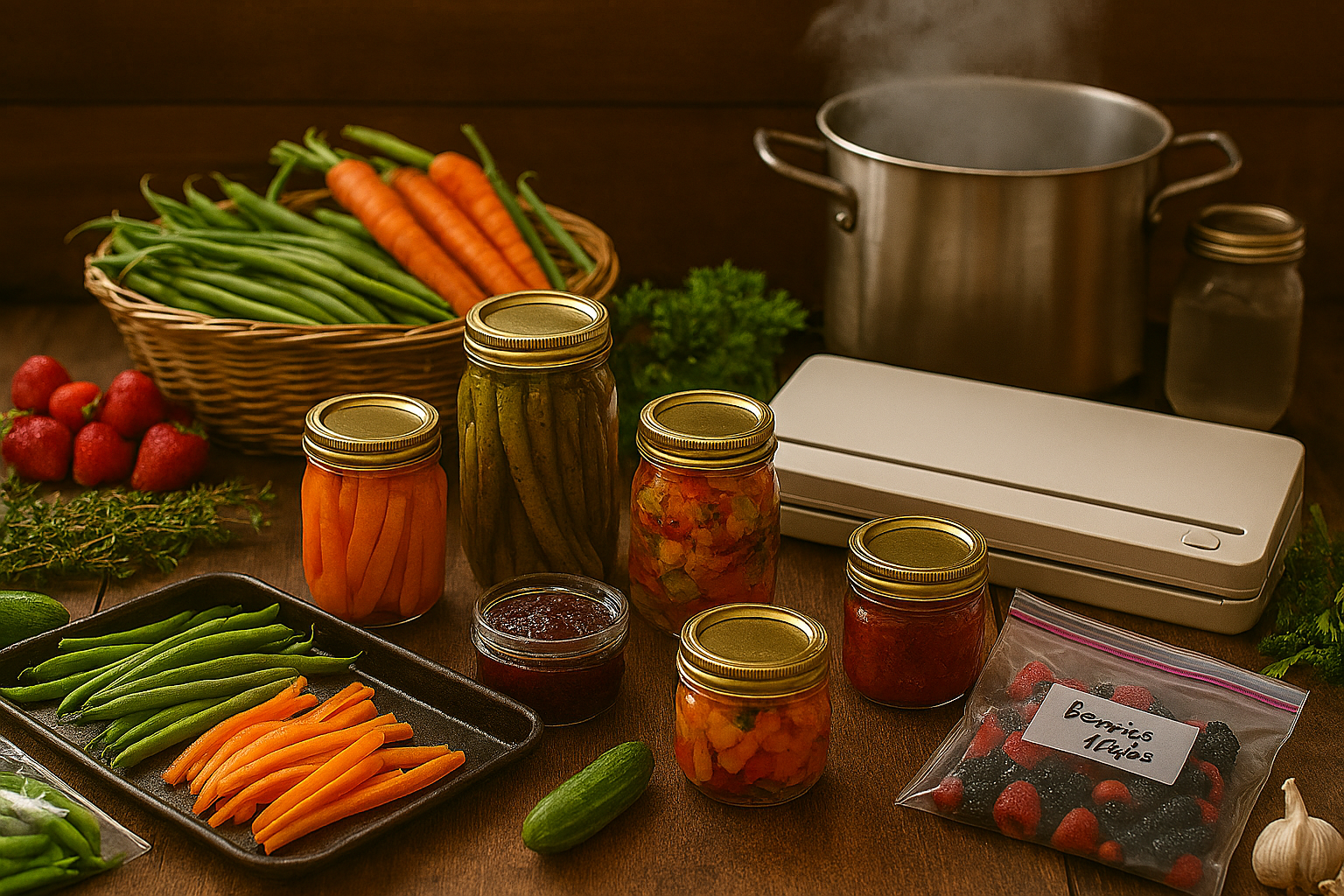 Fasteners like screws, bolts, nuts, and washers might seem simple at first, but there’s a whole lot more to choosing and installing them than picking out the first thing you spot at the hardware store. I’ve watched plenty of projects go sideways because of basic fastener mistakes. Using the wrong fastener or putting it in the wrong way can lead to wobbly furniture, leaky roofs, or even real safety issues down the line.
Fasteners like screws, bolts, nuts, and washers might seem simple at first, but there’s a whole lot more to choosing and installing them than picking out the first thing you spot at the hardware store. I’ve watched plenty of projects go sideways because of basic fastener mistakes. Using the wrong fastener or putting it in the wrong way can lead to wobbly furniture, leaky roofs, or even real safety issues down the line.
Even experienced DIYers miss crucial fastener details sometimes—often because these little pieces are easy to overlook. Keeping tabs on what could go wrong saves you time, stress, and protects your work from falling apart. Let’s jump into some common fastener mistakes and learn how to steer clear of them.
Selecting The Wrong Fastener Material
The material a fastener is made from has a major impact on durability, safety, and how long your project lasts. Grabbing the cheapest screw in the bin might be tempting, but not every option fits every job.
Common Materials and Where They Work Best
- Steel: A popular pick for indoor jobs because it’s tough and affordable, but it’ll rust if it gets wet.
- Stainless Steel: Great for outdoors or where dampness is unavoidable. It stands up well against rust, making it awesome for decks, bathrooms, or kitchens.
- Brass and Bronze: These fasteners look eye-catching in decorative projects and are also handy around water since they don’t corrode as quickly.
- Galvanized: Steel with a zinc coating for added rust protection. Solid for outdoor jobs.
Mixing up the wrong materials can cause your project to lose its strength and wear out way faster than it should. For example, putting a regular steel screw in a wet location leaves you with rusted-out hardware in no time. Always pick fasteners to match the surroundings and needs of your build.
In addition, think about exposure to chemicals or salt if your fasteners will be near pools or the ocean. Special marine-grade stainless fasteners may be worth the investment. For electrical jobs, some codes specify certain nonmagnetic or corrosion-resistant fasteners—check local rules.
Avoiding Reactive Material Pairings
Many folks just grab random fasteners without thinking about compatibility between different metals. Using mismatched fasteners and materials, especially in moist or outdoor settings, can cause galvanic corrosion—a sneaky chemical reaction that eats away both pieces over time.
Watch Out For These Pairings
- Stainless steel fasteners used on galvanized steel parts
- Aluminum parts with steel or copper fasteners attached
I’ve come across outdoor jobs stained and weakened by these reactions. To sidestep this, pair fasteners with components made from the same kind of metal. When you can’t match them, slip in plastic or rubber washers to help separate different materials.
Forgetting About Locking Fasteners
It’s extremely common for connections to loosen over the life of a project. Machinery vibration, shifting from weather changes, and regular wear—these all work fasteners free.
When to Use Locking Hardware
- Lock washers: Key for keeping bolts from spinning loose on bikes, garden gates, and tools.
- Lock nuts (nyloc nuts or torque nuts): Especially helpful in engines and anything that shakes often.
- Thread-locking fluid (like Loctite): Simple to put on screws and bolts to help them stay tight.
Skipping out on locking helps can mean constantly tightening loose connections—or worse, having something come apart mid-use. Spending just a bit more for the right lock hardware is worth it every time.
Mixing Up Threading and Sizing
Threads, those spiral ridges on your fasteners, come in a range of types. Metric and imperial (SAE), fine and coarse threads, and application-specific standards are easy to confuse. Trying to force the wrong fastener into a different-sized hole can strip everything or cause even bigger headaches.
Tips For Thread Matching
- Double-check if your fasteners are metric or imperial. Mixing them never works and damages parts quickly.
- Keep a thread gauge or sizing card handy in your toolbox to check fasteners fast.
- Coarse threads grip best in wood and soft materials; fine threads hold tighter in metal applications.
A stripped thread or loose-fit bolt won’t support much weight, so confirm your thread types before starting—and don’t guess.
It’s also helpful to remember: When working with kits or replacement parts (bikes, cars, electronics), use the manufacturer’s size and thread type to guarantee a proper fit. When you’re unsure, take the old fastener to the store with you to match it up exactly.
Using The Wrong Driver or Tool
Fastener heads come in more styles than just Phillips or flathead. Torx, square, Allen, and specialty heads show up all the time. Picking a tool that “almost fits” usually leads to stripped hardware and ruined tools.
Why The Right Tool Matters
- Reduces cam-out (when the driver slips and damages the screw head)
- Allows proper torque, so things are tight enough but not damaged
- Prevents wasted time dealing with stuck or damaged fasteners
If your project uses different types, stock up on a bit set with the most common shapes and sizes. Swapping bits might take a moment, but it protects your results and avoids future headaches.
Underestimating the Importance of Fastener Quality
Cheap fasteners may look okay at first glance, but low-quality metal can snap, bend, or wear quickly. Poor manufacturing leads to rough threads, weak coatings, or heads that round off with almost no force.
What To Look For
- For heavy-duty or critical jobs, choose fasteners marked with a grade (e.g., Grade 5 or Grade 8).
- Stick with reputable brands for anything that has to stay secure for a long time.
- Examine your fasteners: Coatings should look smooth, and threads need to be clean—not bumpy or chipped.
I witnessed projects where cut-rate screws saved a few bucks, only to fail and cause huge frustration later. Paying more up front for quality pays off in reliability and reduced maintenance.
Over-Tightening Or Under-Tightening Fasteners
It might seem like tighter is always better, but overdoing it can strip threads, shear off bolts, or squish softer materials. Not tightening enough causes rattling, loose parts, or outright failure.
How to Get It Just Right
- When torque specifications are listed (often in automotive or mechanical work), use a torque wrench to match the number.
- In wood projects, tighten by hand until snug—the head just reaching the surface is enough.
- For metal or plastic, add pressure only until you first feel strong resistance. Overdoing it can quickly damage your project.
Using a torque wrench where it counts and a careful touch everywhere else prevents lots of fixes later on. Cranking down too hard is a recipe for avoidable repairs—so take your time and get it right the first run.
Extra Mistakes: Inadequate Pilot Holes and Not Using Washers
One more issue people run into is skipping pilot holes, especially in wood. Screws driven straight into hardwood without a predrilled hole can split or weaken the wood. Always drill a pilot the size recommended on the screw packaging, especially near ends or edges.
Not using washers is another common slip-up. Washers add support and keep fastener heads from digging into soft surfaces or pulling through thin jobs. When mounting hardware or assembling sensitive material, always pop in a washer where possible for longer-lasting, steadier results.
Quick Reference: Fastener Mistake Checklist
- Choose the right material and grade for your environment and use
- Don’t mix metal types—match them when possible
- Add locking hardware or threadlocker for anything that vibrates
- Check thread size and type; never mix metric and SAE
- Grab the matching bit or tool for every fastener head
- Invest in quality fasteners for peace of mind
- Mind the torque—don’t overtighten or undertighten
- Drill pilot holes in tough woods
- Use washers for support, especially on soft or thin surfaces
FAQs About Using Fasteners
How do I know what fastener grade to use?
For heavy-duty jobs, pick graded fasteners—these are marked right on the bolt head or packaging. Engineering charts and the hardware aisle signs show which grade fits what project. For small craft or decorative work, non-graded is fine, but steer clear of the absolute cheapest.
Can I reuse fasteners?
You can use most bolts and nuts again if the threads aren’t stripped or the heads not rounded off. Don’t reuse lock nuts or anything with a deformed grip, since they slip after removal. In case of doubt, swap it for a new one.
What’s the best way to prevent rust?
Go with stainless, galvanized, or specialty coated fasteners for any outdoor or wet job. Store them in a dry place, and lightly oil steel parts if you don’t plan to use them right away. When in doubt, ask at your hardware store—they’ll lead you to the right corrosion-resistant options.
Final Thoughts & Next Steps
Giving a little added care and attention to fastener choices gives a real boost to your project’s long-term comfort, durability, and safety. Every time I tackle a build or fix, starting with the right hardware, sizing it right, and tightening it correctly always pays off. Keeping a solid assortment of fasteners handy (and keeping an eye out for the mistakes above) means stronger projects and fewer re-dos or breakdowns.
- Always double-check your fastener type and material before you begin a project.
- Lay out your tools and use sizing cards or gauges to make sure everything lines up right.
- Don’t pinch pennies on key parts—sometimes that tiny extra cost gives huge peace of mind and reliability in the long run.






Leave a Reply